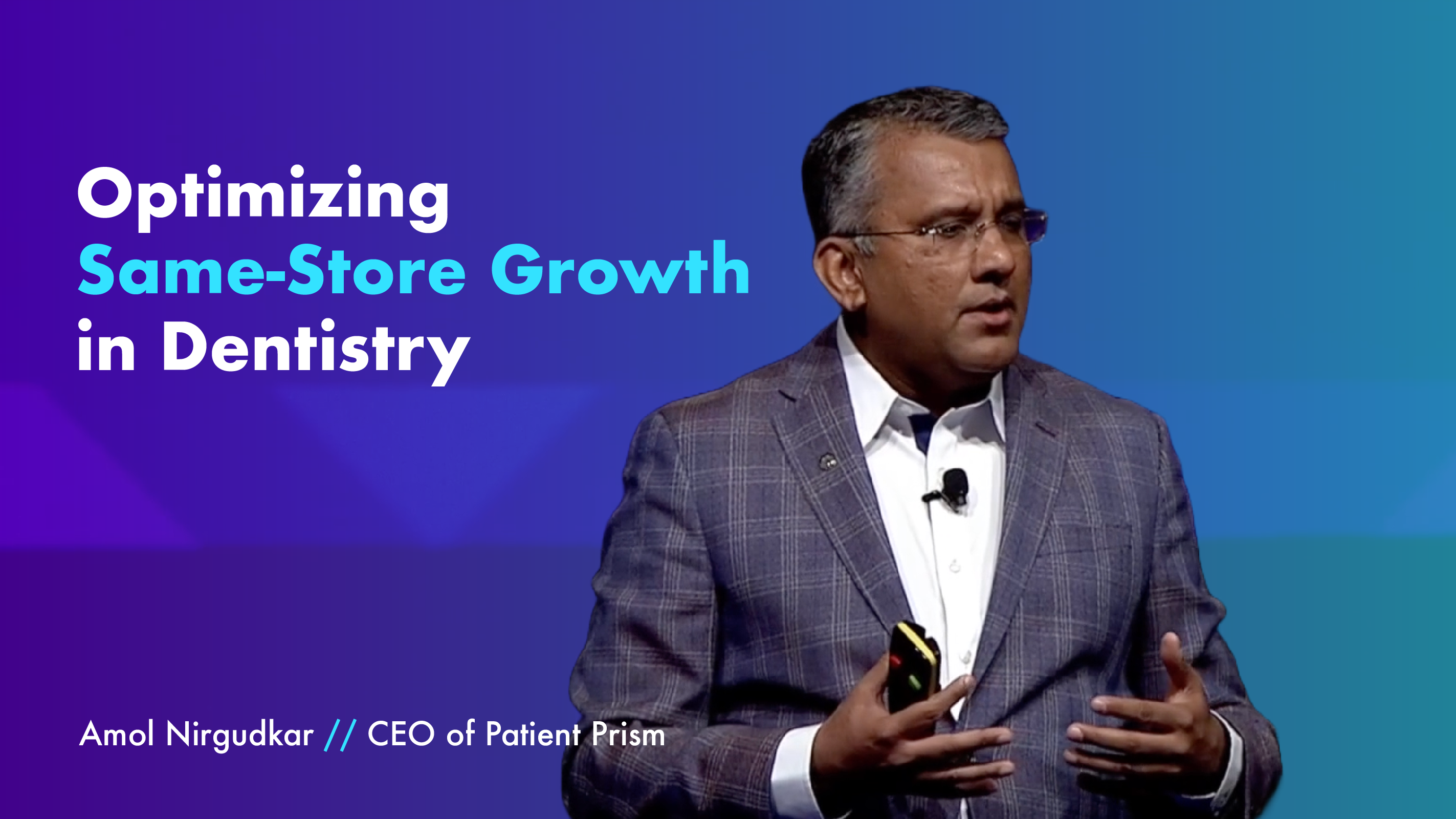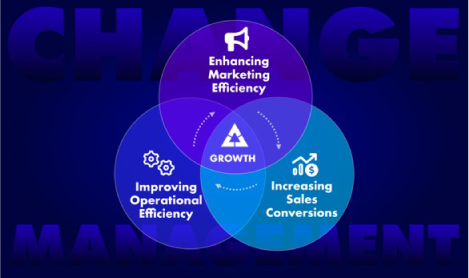The weight loss industry is not only about helping individuals achieve their health goals; it’s also a complex financial landscape influenced by various economic factors. Here, we dive into the key financial indicators, cost structures, and the impact of economic factors on this industry. Additionally, we’ll explore how conversational AI can enhance financial performance and benchmarking for weight loss service providers.
Weight Loss Industry: Key Financial Indicators
Understanding the financial health of the weight loss services industry starts with key financial indicators:
- Revenue: The report highlights trends in total industry revenue over recent years and projections for future growth or decline. Tracking these trends helps businesses understand market demand and adjust their strategies accordingly.
- Profit Margins: Profit margins indicate how much of the revenue is converted into profit. This metric helps businesses assess their efficiency and pricing strategies.
- Cost Structures: This includes a breakdown of costs such as wages, marketing, and other operational expenses, helping businesses identify areas for cost optimization.
Weight Loss Industry Financial Ratios
Financial ratios provide a deeper insight into the financial stability and performance of the industry:
- Liquidity Ratios: Ratios like the current ratio and quick ratio measure the industry’s ability to meet short-term obligations, indicating financial health and stability.
- Profitability Ratios: Ratios such as net profit margin and return on equity reveal how effectively the industry generates profit from its revenue.
- Leverage Ratios: These ratios assess the level of debt in the industry compared to equity, highlighting financial risk and stability.
Weight Loss Industry: Cost Structure Analysis
Weight Loss Industry: A detailed look at the cost structure reveals the major expenses in the industry:
- Wages: A significant portion of revenue is spent on wages for employees such as dietitians, nutritionists, and fitness coaches.
- Marketing and Advertising: These expenses are crucial for attracting and retaining customers, varying based on the size and scope of the business.
- Technological Investments: With an increasing reliance on digital platforms, investment in technology and skilled personnel is essential for maintaining competitive services.
Weight Loss Industry: Impact of Economic Factors
The weight loss industry is susceptible to various economic influences:
- Economic Downturns: Recessions can negatively impact disposable income, reducing consumers’ ability to spend on weight loss services.
- COVID-19 Pandemic: The pandemic significantly impacted the industry, accelerating the shift towards digital services and remote consultations.
Benchmark Comparisons
Weight Loss Industry: Benchmarking performance against industry standards is essential for business success:
- Performance Comparison: The report includes benchmarks for comparing different companies’ performance within the industry. This helps businesses understand their standing relative to competitors.
Leveraging Conversational AI for Financial Optimization
Conversational AI can significantly enhance financial performance and benchmarking for weight loss service providers by offering real-time insights, optimizing cost structures, and providing predictive analytics. Here’s how AI can help:
- Real-Time Financial Insights: AI provides up-to-date financial data, helping businesses stay informed about their financial health. For example, users can ask, “What is the current profit margin for my business?” and receive real-time data.
- Cost Optimization: AI analyzes cost structures and suggests ways to optimize expenses. For instance, AI can identify areas where spending can be reduced without compromising service quality.
- Financial Ratio Analysis: AI helps businesses understand their financial ratios by providing detailed analysis. Questions like, “What does my current ratio indicate about my financial health?” can be answered with precise analysis.
- Predictive Analytics: AI forecasts future financial performance based on historical data and current trends, aiding in strategic planning. For example, a user might ask, “What is the expected revenue growth for the next quarter?” and receive a predictive analysis.
- Benchmarking Against Competitors: AI compares a business’s performance against industry benchmarks, identifying areas for improvement. Users can ask, “How does my business compare to industry leaders in terms of profit margin?” and receive detailed comparisons.
- Scenario Planning: AI assists in scenario planning by simulating different financial outcomes based on various assumptions. For instance, users might explore, “What will be the impact on my revenue if I increase my marketing budget by 10%?” and receive simulated projections.
- Regulatory Compliance and Financial Reporting: AI ensures businesses comply with financial regulations and assists in preparing financial reports, reducing the risk of non-compliance and streamlining reporting processes.
- Customized Financial Advice: AI offers personalized financial advice based on a business’s unique financial situation and goals. For example, users might ask, “How can I improve my return on investment?” and receive customized strategies.
Weight Loss Industry: Understanding and analyzing financial indicators, cost structures, and economic impacts are crucial for businesses in the weight loss services industry. By leveraging conversational AI, companies can gain deeper insights into their financial performance, optimize their strategies, and maintain a competitive edge in the market. Embracing these technological advancements not only enhances financial health but also ensures sustainable growth and success.







